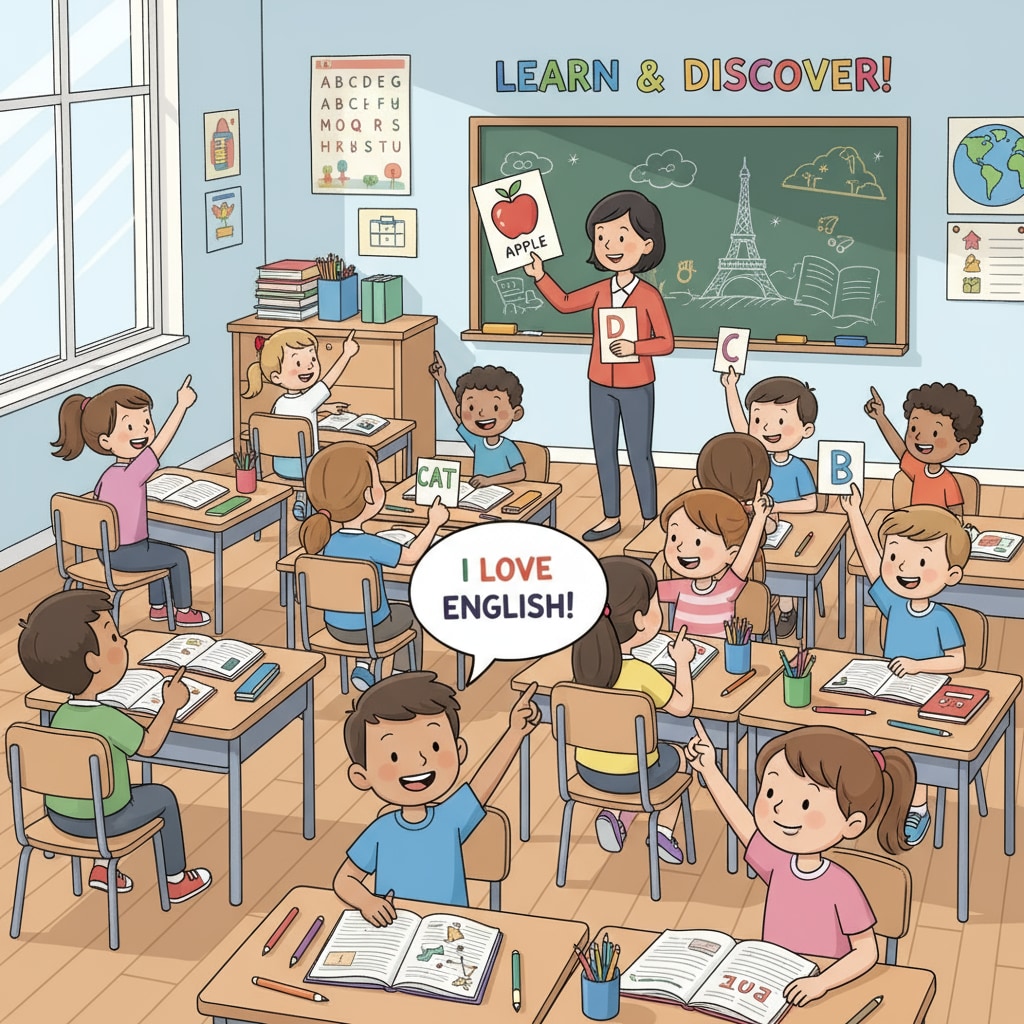Language teaching in early primary schools, especially when it comes to second language acquisition, requires careful consideration of teaching methods. Different approaches can have varying impacts on young learners’ language proficiency. In this article, we will explore and compare several effective teaching methods in this context.

Immersion Teaching Approach
The immersion teaching method involves surrounding students with the target language. In early primary classrooms, this could mean conducting most of the lessons in the second language, such as English. For example, teachers use English to explain concepts, tell stories, and interact with students. This method helps students get used to the language environment quickly. According to Wikipedia’s page on language immersion, immersion can enhance students’ listening and speaking skills significantly. However, it might be challenging for some students who have little prior exposure to the language.

Communicative Language Teaching
Communicative language teaching emphasizes real-life communication. In early primary schools, teachers design activities that encourage students to use the second language in practical situations. For instance, role-playing games where students act as shopkeepers and customers. This approach, as described on Britannica’s communicative language teaching page, helps students develop their communicative competence. It focuses on the functional use of language rather than just grammar rules. As a result, students become more confident in expressing themselves in the second language.
To sum up, when it comes to language teaching in early primary schools, different teaching methods have their own advantages. Educators and parents should consider the characteristics of students and teaching goals to choose the most suitable approach. This way, they can effectively promote students’ second language learning.
Readability guidance: The content uses short paragraphs to present ideas clearly. Lists can be further developed in future expansions. Passive voice is minimized, and transition words like “however”, “for example”, and “as a result” are used to enhance the flow of the text.


